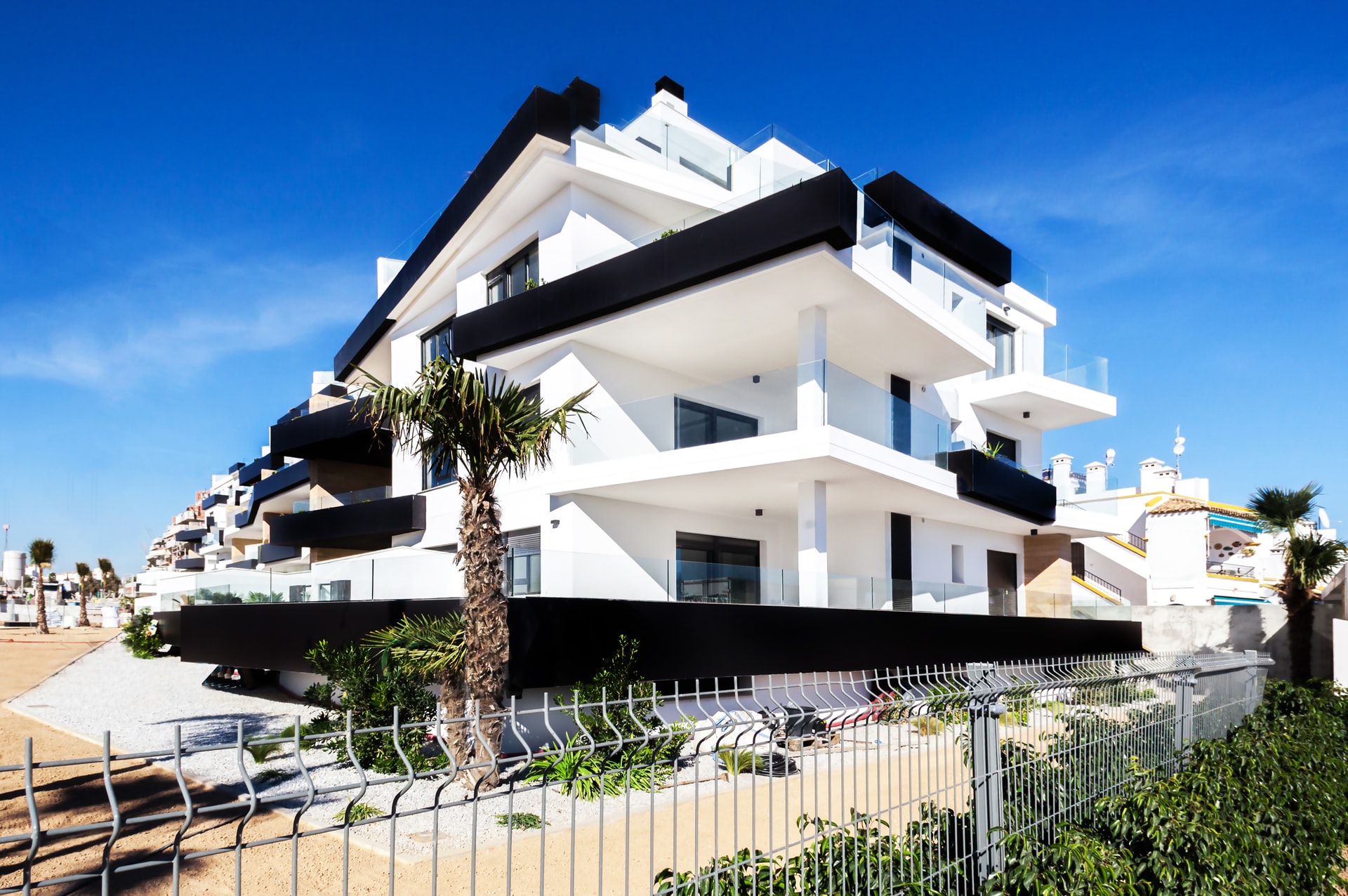
7 Most Unique Architectural Styles
The world is full of beautiful architecture. From ancient to modern, it’s difficult to not be inspired by the variety and creativity in this art. But which architectural styles are the most influential? There are many different types of architecture that define our world; some are unique and interesting, some are popular because they represent a country or region, and some that are simply breathtaking. Here you will read about the 7 most unique architectural styles from around the world.
1. Art Deco is the combination of art and architecture during the “Jazz Age” in France. During this time period, Paris was getting ready to host the World Fair (exposition). The style that Art Deco encompasses is described as having geometric forms, lavish ornamentation, and bold color combinations. The architecture of the time period was mainly focused on crisscrossing girders for roofing, archways, flat roofs (often made with concrete), stylish metalwork on windows and entryways, and much more. They also liked to use strong decorative elements on top of the buildings with intricate carvings. The entire design was made to feel very symmetrical. A great example of this style can be found in “The Chrysler Building” located in New York.
2. Deconstructivism is a style that is very new and not many examples can be found because it was only recognized in the 1990s. This architectural movement is based on the idea of breaking up elements within a building by using angles and jagged edges. Elements such as steel, concrete, and glass are common with this style. Many examples of this style can be found in the new building designs for skyscrapers. One of the most recent and popular is a building called “The Guggenheim Museum” located in Bilbao, Spain which was designed by Frank Gehry. Other great examples include an addition Robbie Antonio did for his home in the Philippines called Villa11 and the “Robbie House” designed by Robert Venturi for his wife.
3. The American Craftsman style refers to a movement that was made very popular by architects in the United States who wanted to focus on handcrafted items rather than mass-produced items. They wanted to focus on the beauty of wood and artistic design.
The American movement was set on returning to the simplicity of an earlier time period which they felt that industrialization had taken away from society. The woodwork and craftsmanship associated with this style are what people loved most about it because it put great emphasis on the simple life. Many of the homes painted a light color to make them look thinner and blend into their environment. The color choice was important because they wanted to feature local materials that were very nearby such as brick, wood, and stone material from nearby rivers. This design style is often confused with Queen Anne Victorian homes but they are very different in terms of appearance and architectural style.
4. The Egyptian Revival style was popular during the Classical period of Greek architecture. They were often making replicas of great structures that were found throughout Egypt. Great pyramids, sphinxes, and obelisks are examples of these replicated structures. The architectural elements associated with this movement are very strong with bold colors, lots of stonework, and a very symmetrical appearance.
A great example of this style can be found at “The Biltmore Estate” located in North Carolina. This estate was built for George W. Vanderbilt as a summer home and it is one of the largest houses in America. The design company that was put on the project to create the home was McKim, Mead & White. They are one of the most famous American companies that have built some of the largest structures in New York City.
5. The Romanesque Revival style was made popular between 1840 and 1900 throughout Europe and America. The movement was an attempt to bring back styles that were prominent during the time period known as “Romanesque”. They used elements found in great structures to replicate, including round-arched windows, heavy stonework for entryways and staircases, and barrel-vaulted ceilings.
6. The Beaux-Arts style is often looked at as a transition from Romanesque Revival to Art Deco. It was a very popular style between 1900 and 1920. They were trying to bring back the beauty of ancient Rome as well as the beauty of Greece’s classical period.
The goal was to create a design that would be grand and larger than life. Structures needed to be symmetrical and encompass open space. Beaux-Arts designers tried to keep the focus on clean lines and they preferred using white marble over stonework. They popularized using columns for support and large open areas that gave people a sense of freedom because it didn’t look overwhelming like some of the earlier styles did. This style is most commonly recognized through the “Beaux-Arts Campus” located at Columbia University.
7. The Italian Renaissance Revival architecture style became popular during the mid-1800s and it has a lot of historic characteristics from this time period. The goal was to create structures that looked like they were taken directly from Florence or Tuscany, Italy during this specific era. These designs are very elaborate with a lot of decorative elements featuring bricked windows and columns. They have a very aspect of being “timeless” because the design is so intricate it doesn’t need to be redone or changed.
The style was a departure from the very symmetrical styles that had been popular, but they were still trying to keep a cohesive appearance by using a lot of symmetry with a single focal point. The buildings are known for their overhanging terraces and roofs that appear as though they are hanging out over the street. The designs are very ornate with a lot of detail that makes them visually stunning to look at.